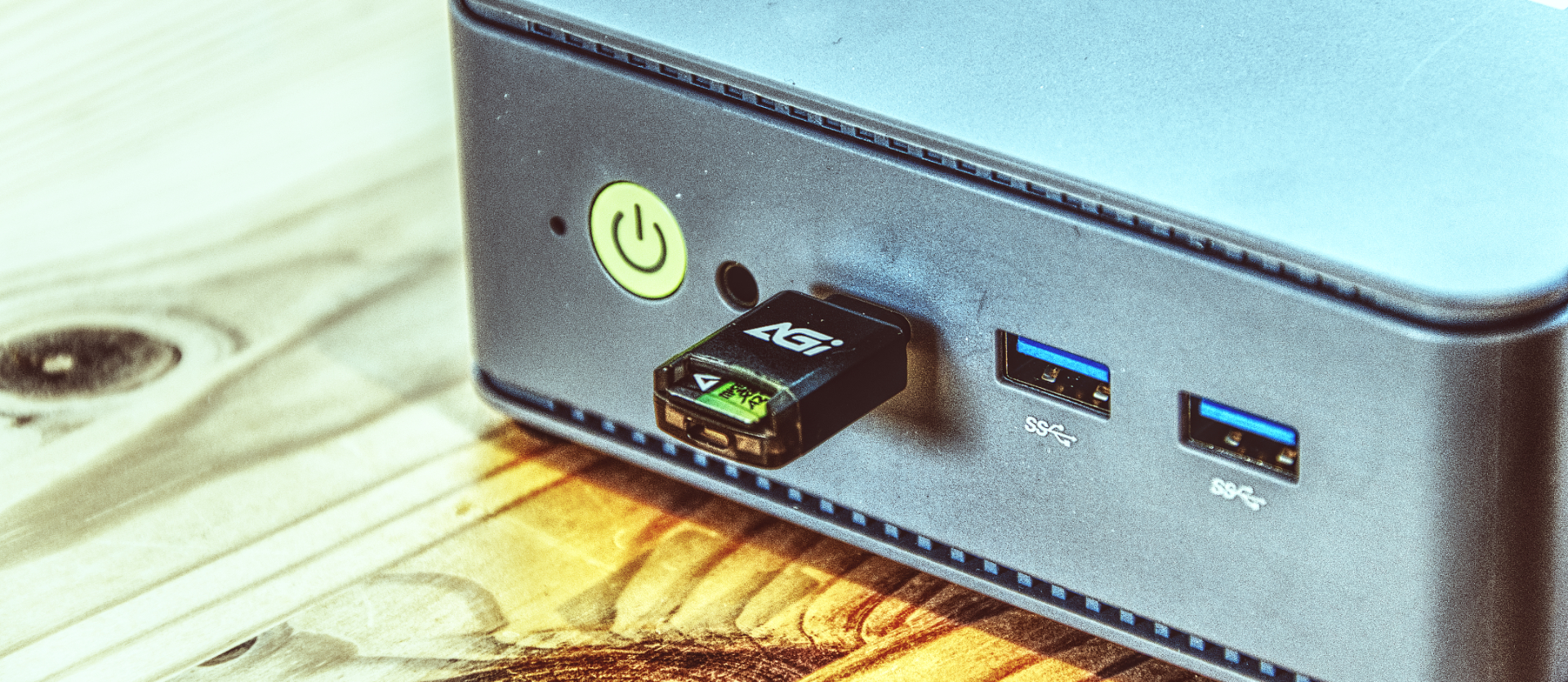
Rather than a review, this is a ‘hands-on’ exploration of the AGI 2TB microSD card, or the Supreme Pro TF138, to give it the full official title.
What AGI has achieved with this product is to beat most of the bigger brand names to an important milestone: delivering a 2TB capacity flash device in the microSD form factor.
Given how small a microSD card is, that’s some achievement. With its A2 V30 specifications, this card should work flawlessly in a digital camera, drone, or phone.
It comes with an adapter to convert to the larger SD card form factor and a USB CR138 card reader for systems with USB-C, but nothing helpful for those with USB-A.
The quoted performance is 170MB/s reads, and 160MB/s writes, which is enough for recording 4K video with the bit rate set high. It also supports DDR200 speed mode to enhance the UHS-I performance.
AGI makes two models of the Supreme Pro TF138, a 1TB and a 2TB, with no smaller options available.
The issue with microSD, in general, is that they occasionally go wrong and corrupt, but AGI made this design with write-in protection and EEC protections. If that’s enough to stop the card from corrupting after recorded critical footage, we can’t say, but it looks like its engineers at least considered the potential problems.
What we can say about this card is that it isn’t easy to find.
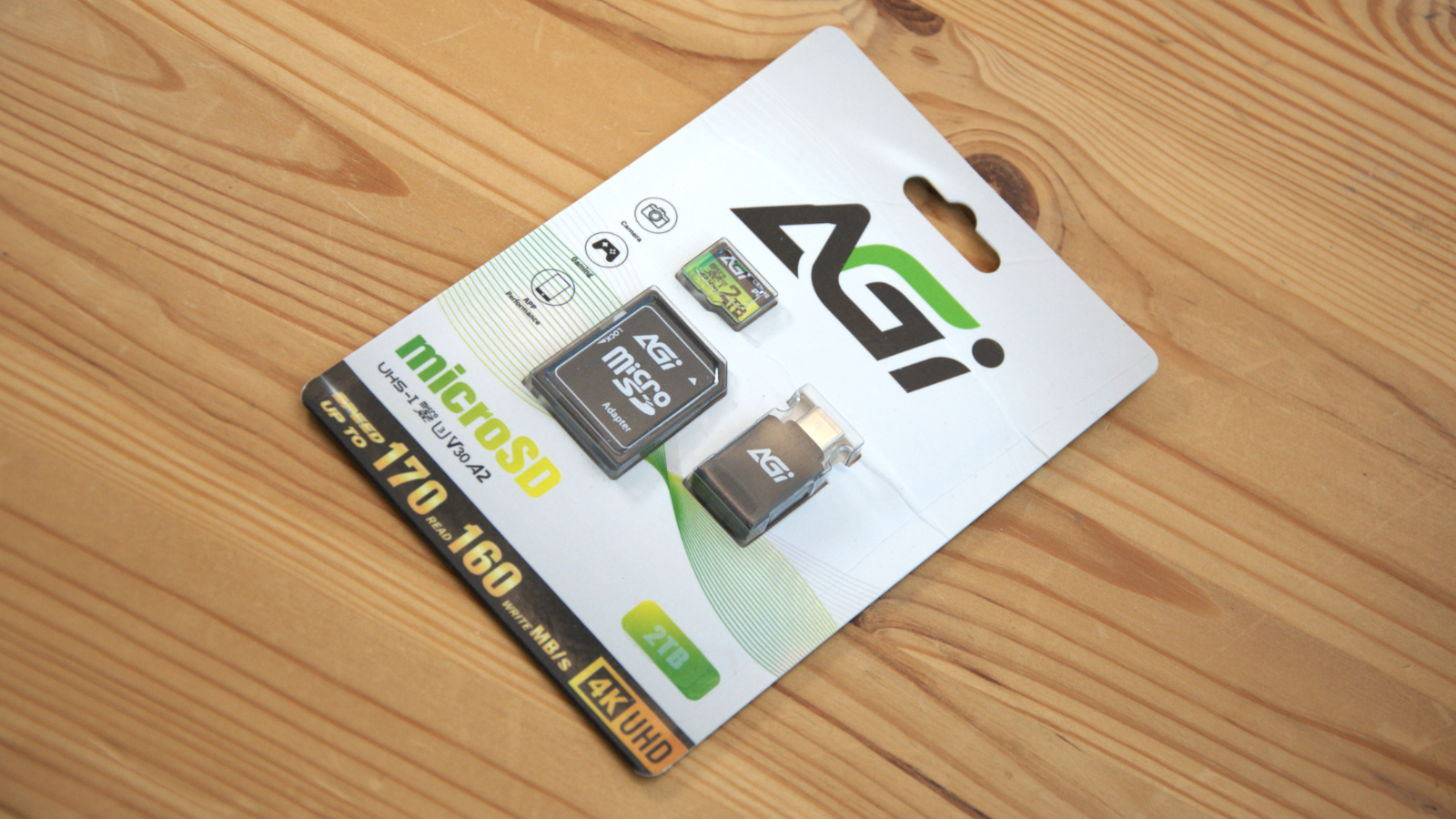
AGI Supreme Pro TF138: Price and availability
- How much does it cost? Unknown
- When is it out? Now (in theory)
- Where can you get it? Unknown
In January 2024, AGI surprisingly beat Kioxia, SanDisk and Samsung by announcing the Supreme Pro TF138, which offered a 1TB and 2TB option.
Interestingly, Kioxia announced its 2TB design in September 2022, with production to ramp in December 2023, and that product hasn’t materialised.
Being first is essential for a company profile, but four months later, this still isn’t a widely available product.
We’ve looked at most online retailers and found the 1TB model on Newegg for $66.99, reduced from the MSRP of $99.99. However, the 2TB model we received isn’t there, and it isn’t on Amazon or Best Buy. It was briefly on Amazon in Japan, with limited stock for those who live in that country.
The price of the 1TB model is competitive since it matches that of the Samsung Pro Ultimate, but the 512GB capacity model. But at this time, we can only guess what price the 2TB card will be if it’s ever let out into the retail wild in volume.
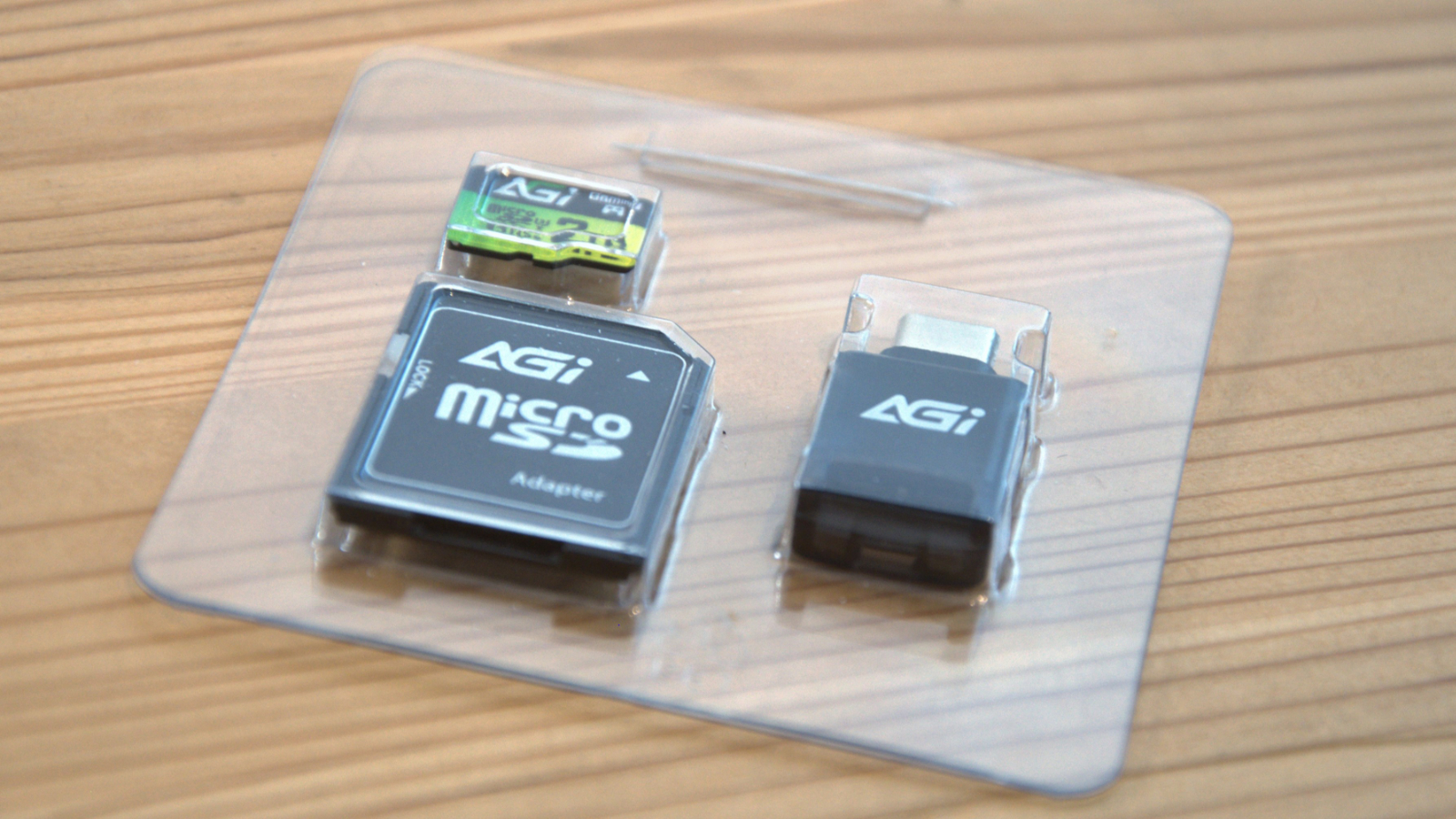
AGI Supreme Pro TF138: Specs
AGI Supreme Pro TF138: Design
- A microSD card
- Less than 2TB
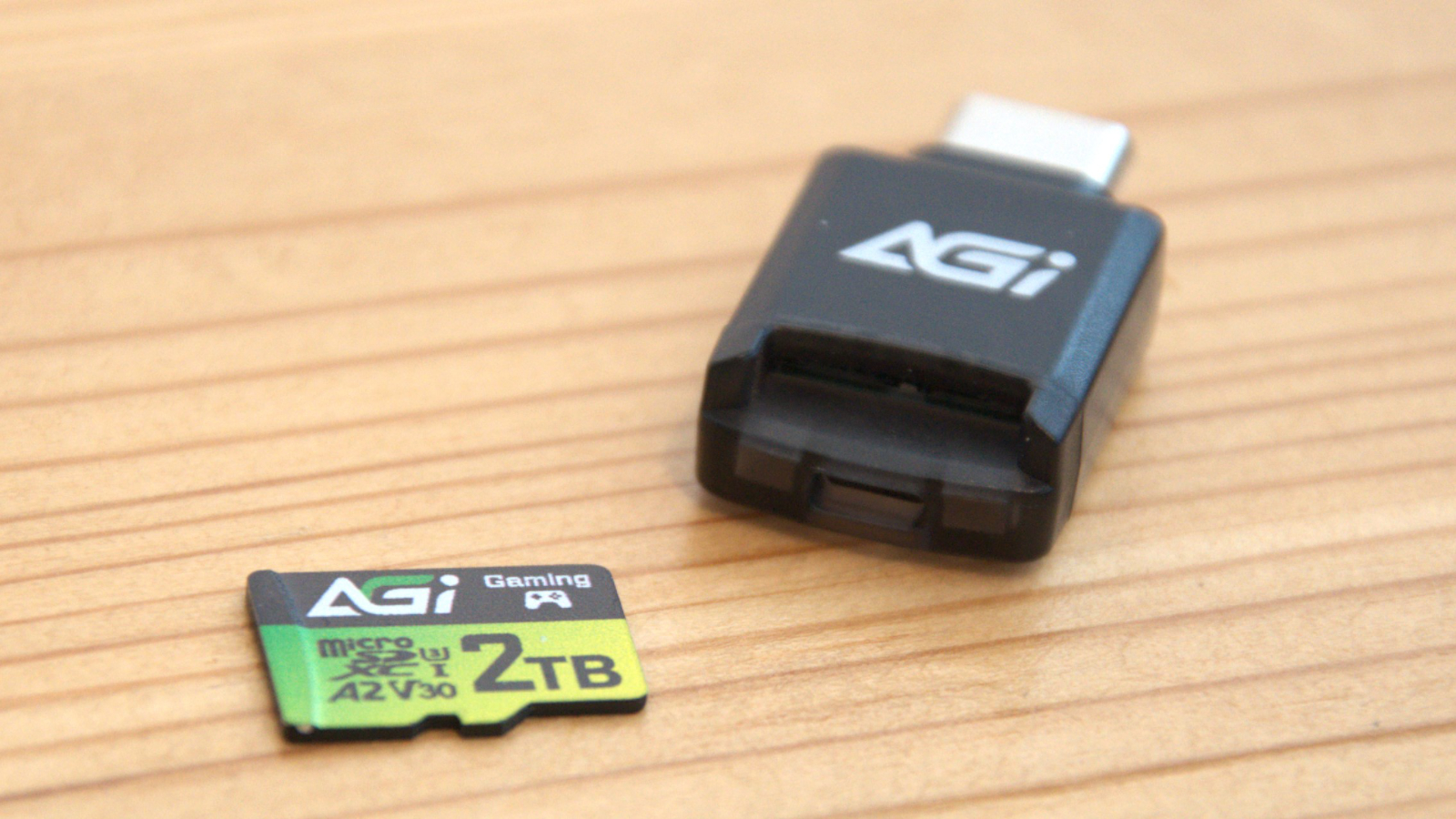
The design of this product is heavily dictated by the microSD specification, with practically no wiggle room for styling or design flair.
Curiously, this card has an SD card adapter and a card reader exclusively for USB-C ports. That said, most purchasers of this product will already have both a reader and an adapter, we’d contest.
What we didn’t care about was the vacuum-formed packaging, which you must destroy effectively to get the product out. While these protect the product in its journey to the customer, they’re difficult to open and annoying if you need to return the product for any reason.
The 2TB card came pre-formatted in exFAT with a total capacity of 1,935,140,716,544 bytes. That’s about 12% short of the 2,199,023,255,552 bytes 2TB should have, but it’s still the biggest microSD card available.
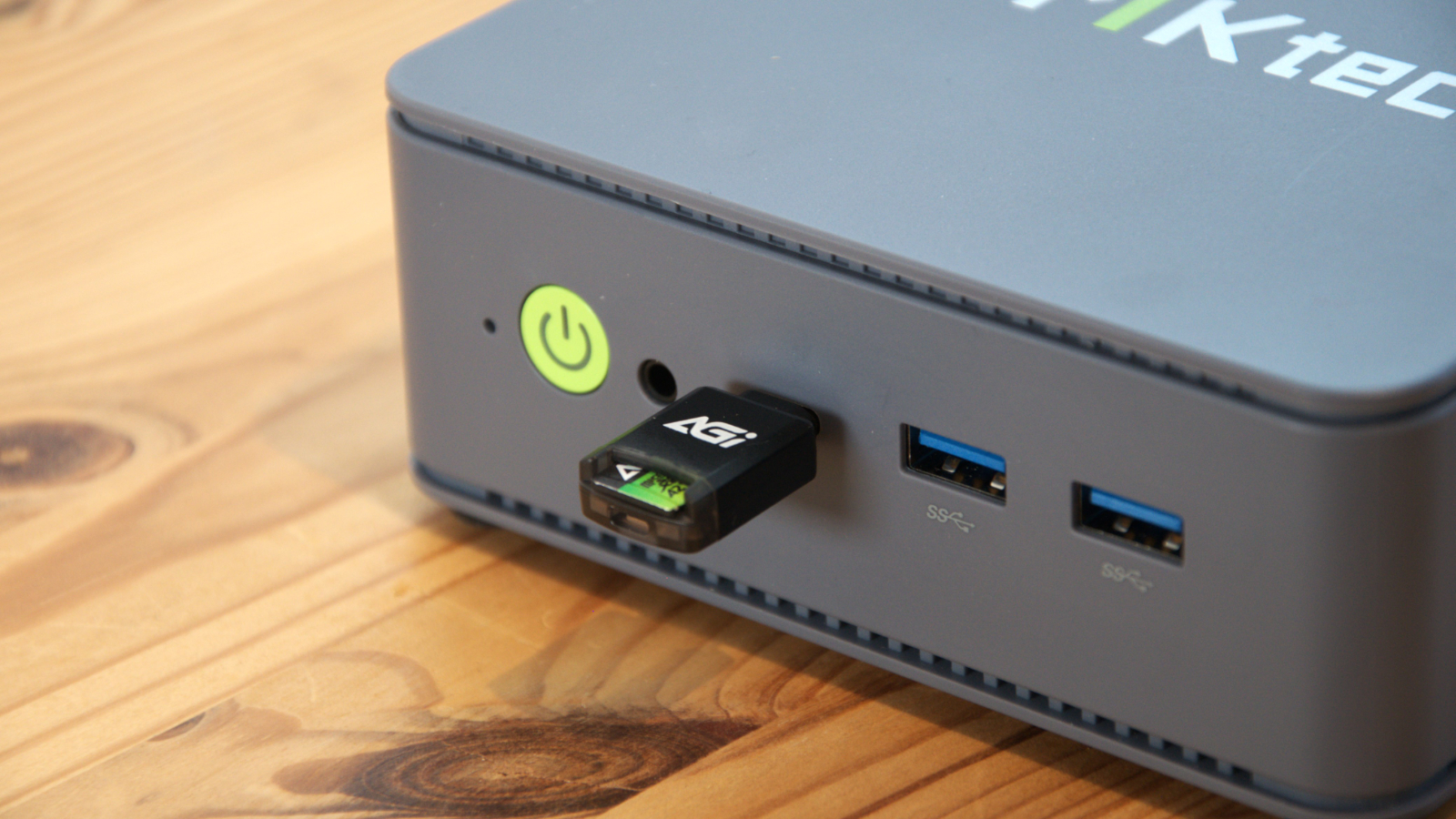
AGI Supreme Pro TF138: Performance
- A2 V30 spec
- 170MB/s read
- 160MB/s write
Compared to an external SSD, the Supreme Pro TF138 seems slow, especially considering its ample storage space.
The quoted speed of 170MB/s read, and 160MB/s write is with the CR138 card reader provided, and it requires at least a USB 3.2 Gen 1 port to achieve those speeds. Most phones only have USB-C wired to the equivalent of USB 2.0 speeds, so connecting externally with that port will only hit a peak of 40Mb/s.
We benchmarked it on several tests, and the consensus was that the best read speed is around 168MB/s, and the peak write performance is closer to 155MB/s. That’s close enough, and the always optimistic CrystalDiskMark placed the read speed as high as 167MB/s, above the quoted performance.
While these numbers enable it to achieve its A2 V30 status easily, this isn’t something you might want to use as an alternative to an external SSD. Based on achieving 155MB/s write speeds, it would take nearly 13,000 seconds to move that much data or a little over 3.5 hours. And that assumes it can maintain that speed over the entire capacity.
With both V60 and V90 cards now on the market and the latter offering sustained reads of 300MB/s and writes of 250MB/s, it might be worth checking your camera specs to see if it doesn’t insist on one of those before buying this.
However, the V30's performance is more than adequate for use as a game console or a drone. But for a Canon EOS R5, R6 or the Sony A7, the Supreme Pro TF138 probably isn’t fast enough.
AGI Supreme Pro TF138: Early verdict
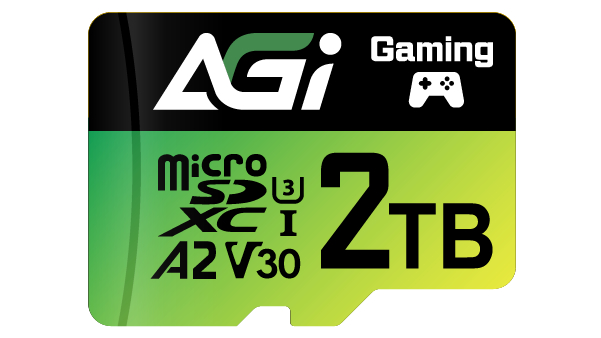
If this product was widely available and competitively priced, we’d probably only have positive things to say about it.
But it isn’t widely available, which strongly suggests that the production of this card isn’t straightforward. Being first might have placed AGI as the bleeding edge technologically, in more than one sense of that expression.
However, the fact that we received a finished product that did work also hints that whatever issues there are with putting this much flash on a microSD card isn’t insurmountable.
The second point is more problematic in that this type of device was never designed to compete with SSD technology and the transfer speeds those can reach.
Using a camera to capture 4K video and then transfer that to an editing system requires more speed than this card can achieve. Many cameras now include the option to record directly to an external SSD. Given the time it takes to copy from this card to an editing system, it would become the bottleneck to rapid footage production.
It might be more useful on a portable games console or camera using timelapse because the power overhead for this storage is low.
Putting 2TB of critical data on an object this small is probably more of a psychological aversion than a genuine problem, but we won’t be the only people thinking like that.







